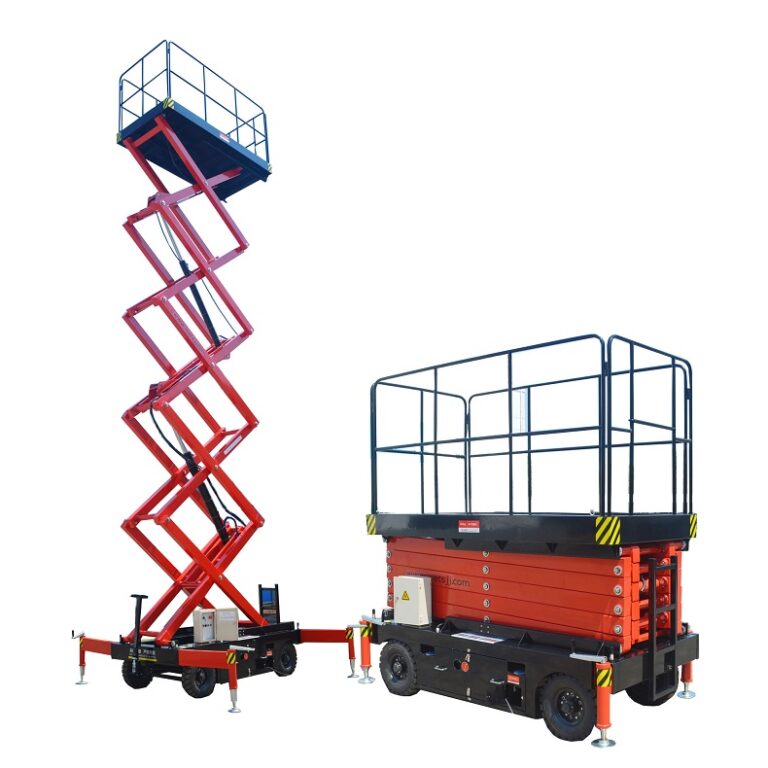Find Out Who’s Talking About Forklifts\ And Why You Should Be Concerned
Key safety topics covered in forklift training include:
– Pre-operation equipment inspections
– Proper load handling techniques
– Driving safety and stability
– Pedestrian awareness
– Fueling and battery charging procedures
– Workplace-specific hazards
Ongoing refresher training is also required to keep operators up-to-date on regulations and best practices. Employers are responsible for ensuring all forklift operators are properly licensed and trained.
Forklift Maintenance and Repair
Like any heavy machinery, forklifts require regular maintenance and servicing to operate safely and efficiently. This includes tasks like:
– Checking fluid levels (oil, coolant, hydraulic fluid, etc.)
– Replacing worn or damaged parts
– Cleaning and lubricating moving components
– Testing safety features and mechanisms
Preventative maintenance schedules are typically based on factors like the forklift’s usage, age, and operating environment. Following the manufacturer’s recommended maintenance protocols is crucial.
When more significant repairs are needed, it’s important to have qualified technicians perform the work. Attempting DIY forklift repairs can be extremely dangerous and may void the equipment warranty. Specialty forklift repair services or authorized dealer technicians are the safest options.
Proper forklift maintenance extends the lifespan of the equipment and helps avoid unplanned downtime and breakdowns that can disrupt business operations.
Future Trends in Forklift Technology
The forklift truck.com industry continues to evolve, with manufacturers constantly innovating to meet the changing needs of material handling applications. Some emerging forklift trends include:
Increased Electrification: As concerns about emissions and sustainability grow, electric forklifts are becoming more prevalent, even for heavier-duty applications traditionally served by internal combustion models.
Autonomous and Semi-Autonomous Features: Forklifts are starting to incorporate autonomous driving and load handling capabilities to improve efficiency and safety. This includes features like automated pallet picking and self-driving in warehouses.
Data Integration and Telematics: Forklift fleet management systems that leverage telematics data are enabling businesses to monitor usage, schedule maintenance, and optimize material flow.
Alternative Fuel Sources: In addition to battery-electric, some manufacturers are exploring the use of hydrogen fuel cells or other alternative power sources for forklifts.
Advanced Safety Systems: New forklift safety features are emerging, such as operator-assist technologies, pedestrian detection, and collision avoidance systems.
As the material handling industry continues to evolve, forklifts will undoubtedly play an increasingly important role in the efficient, safe, and sustainable movement of goods worldwide.
Conclusion
Forklifts are a fundamental piece of equipment in modern logistics and supply chains. Their ability to lift, move, and transport heavy loads has made them indispensable in warehouses, factories, and other industrial settings. As technology continues to advance, the forklift industry is poised for further innovation that enhances productivity, safety, and sustainability. Understanding the history, types, and maintenance requirements of forklifts is crucial for any organization relying on these versatile machines.

 China price Manufacturer Wholesale scissor aerial platform Materials Handling Platforms sale Buy Online supplier Industrial Equipment | Forklifts trucks
China price Manufacturer Wholesale scissor aerial platform Materials Handling Platforms sale Buy Online supplier Industrial Equipment | Forklifts trucks